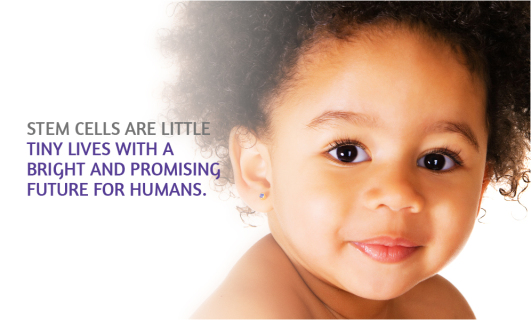adult stem cell banking
Glossary of Adult Stem Cell Terms

Adult Stem Cell Glossary
– Adult stem cells
An undifferentiated cell found in a differentiated tissue that can renew itself and differentiate (with certain limitations) to give rise to all the specialized cell types of the tissue from which it originated. These stem cells can give rise to specialized cell types of the tissue from which they came, i.e., a heart stem cell can give rise to a functional heart muscle cell, but it is still unclear whether they can give rise to all different cell types of the body.
– Dendritic cells
Immunocompetent cells of the lymphoid and Hematopoietic systems and skin. They are also called interdigitating, reticular, and veiled cells. They function morphologically and phenotypically by presenting or processing antigens, thereby stimulating cellular immunity.
– Donor
A volunteer who has donated stem cells for a patient.
– Embryo
In humans, the developing organism from the time of fertilization until the end of the eighth week of gestation, when it becomes known as a fetus.
– Embryonic Stem Cell
Primitive undifferentiated cells derived from a 5-day preimplantation embryo that have the potential to become a wide variety of specialized cell types. AssureImmune does not collect nor does it use these types of stem cells.
– Engraftment
The stage when the stem cells given during the transplant start to grow and make the cell types in which they reside. For example, hematopoietic stem cells engraft when they become part of the bone marrow and begin to produce red and white blood cells and other stem cells. Mesenchymal stem cells engraft when they begin to produce the tissue type in which they were transferred. For example, stem cells injected into the heart begin to produce heart muscle and vascular cells, stem cells transplanted into the pancreas begin to produce pancreatic cells that further produce islet cells and insulin.
– Hematopoietic Stem Cells
The precursors of mature blood cells that are defined by their ability to replace the bone marrow system following its obliteration (for example, by gamma-irradiation) and can continue to produce mature blood cells. Blood cells include red and white cells, platelets, dendritic cells, etc.
Hematopoietic Cell Transplantation
The transplantation of hematopoietic stem cells with blood-forming potential. Hematopoietic stem cells provide rapid and sustained reconstitution of blood formation and are found in adult bone marrow, umbilical cord blood, peripheral blood and in fetal liver tissue.
– Immunology
The study of all aspects of the immune system including its structure and function, disorders of the immune system, blood banking, immunization and organ transplantation.
– Immunosuppressant
An agent that can suppress or prevent the immune response. Immunosuppressants are used to prevent rejection of a transplanted organ, tissue, or cells and to treat autoimmune diseases such as psoriasis, rheumatoid arthritis, and Crohn’s disease.
– In vitro
From the Latin for, “in glass”; in a laboratory dish or test tube; an artificial environment.
In vitro fertilization (IVF)
An assisted reproduction technique in which fertilization is accomplished outside the body.
– Mesenchymal Stem Cell
Also known as bone marrow stromal cells, mesenchymal stem cells are rare cells, mainly found in the bone marrow and fat tissue. They can give rise to many tissue types such as bone, cartilage (the lining of joints), fat tissue, and connective tissue (tissue that is in between organs and structures in the body).
– Oxidative Damage
Damage cause by oxidative stress including free radicals, toxins, etc.
– Pathogen
An agent of disease. A disease producer. The term pathogen most commonly is used to refer to infectious organisms.
– Peripheral Blood
Peripheral blood flows through the bloodstream in the body. Some blood stem cells are found in the peripheral blood.
– Regenerative Medicine
Medical interventions that aim to repair damaged organs, most often by using stem cells to replace cells and tissues damaged by aging and/or disease. A non-blood cell that is derived from blood organs, such as bone marrow or fetal liver, which can support growth of blood cells in vitro. Stromal cells that make up the matrix within the bone marrow are derived from the mesenchyme and give rise to fat and cartilage.
– Stromal Cell
A non-blood cell that is derived from blood organs, such as bone marrow or fetal liver, which can support growth of blood cells in vitro. Stromal cells that make up the matrix within the bone marrow are derived from the mesenchyme and give rise to fat and cartilage.
– Totipotent
A totipotent stem cell can give rise to all the cell types that make up the body plus all of the cell types that make up the extra embryonic tissues such as the placenta.
